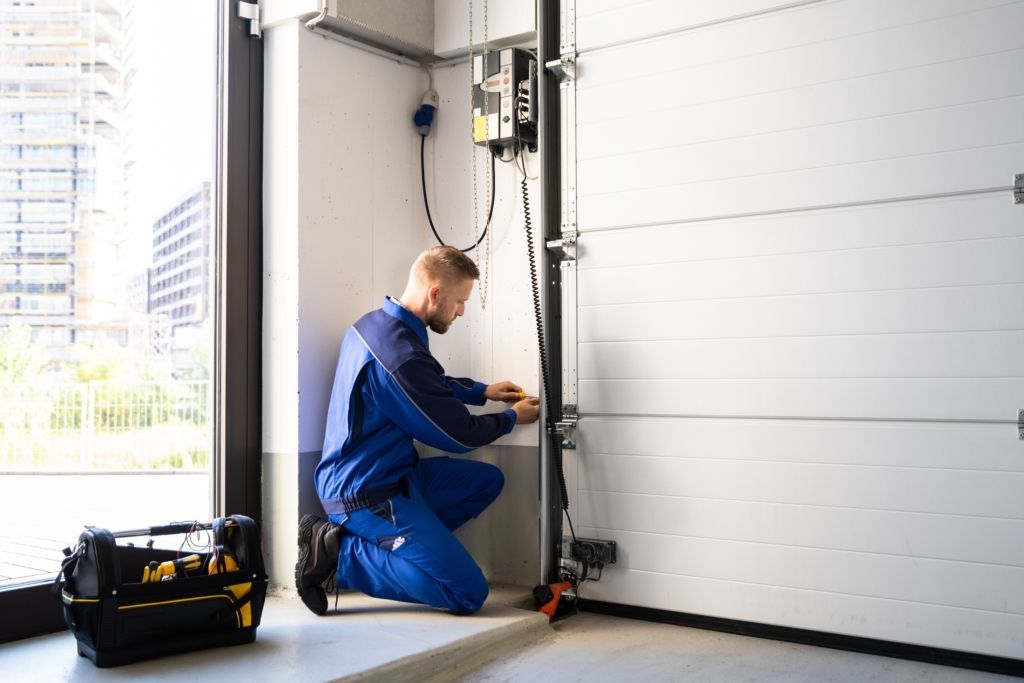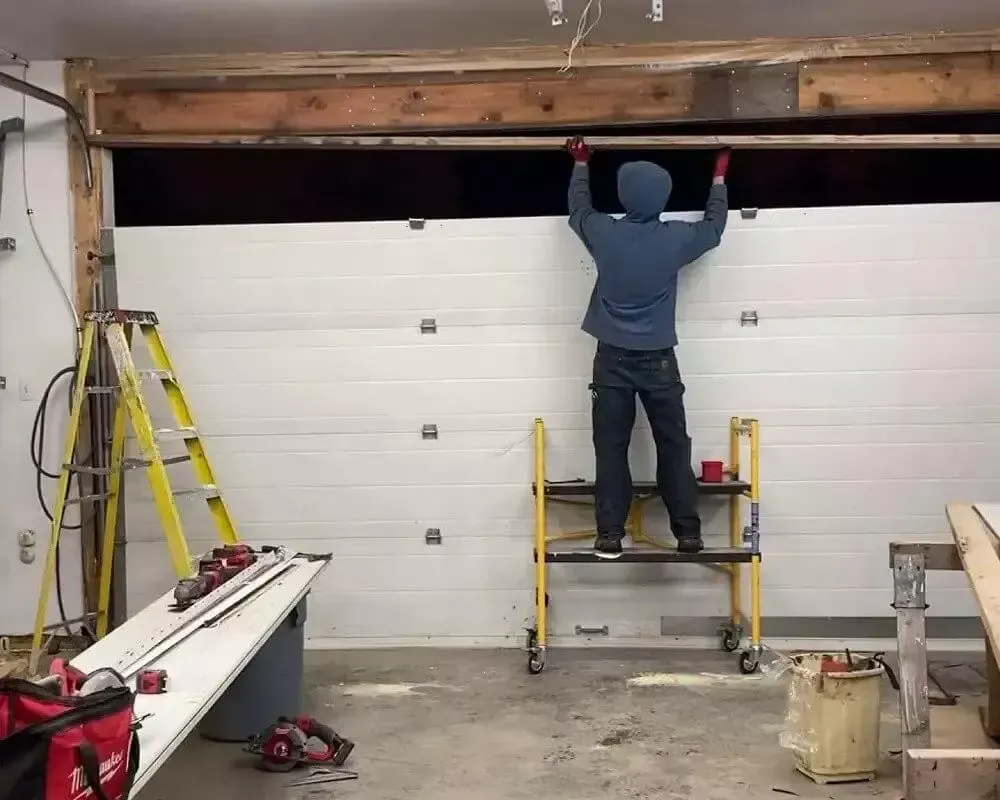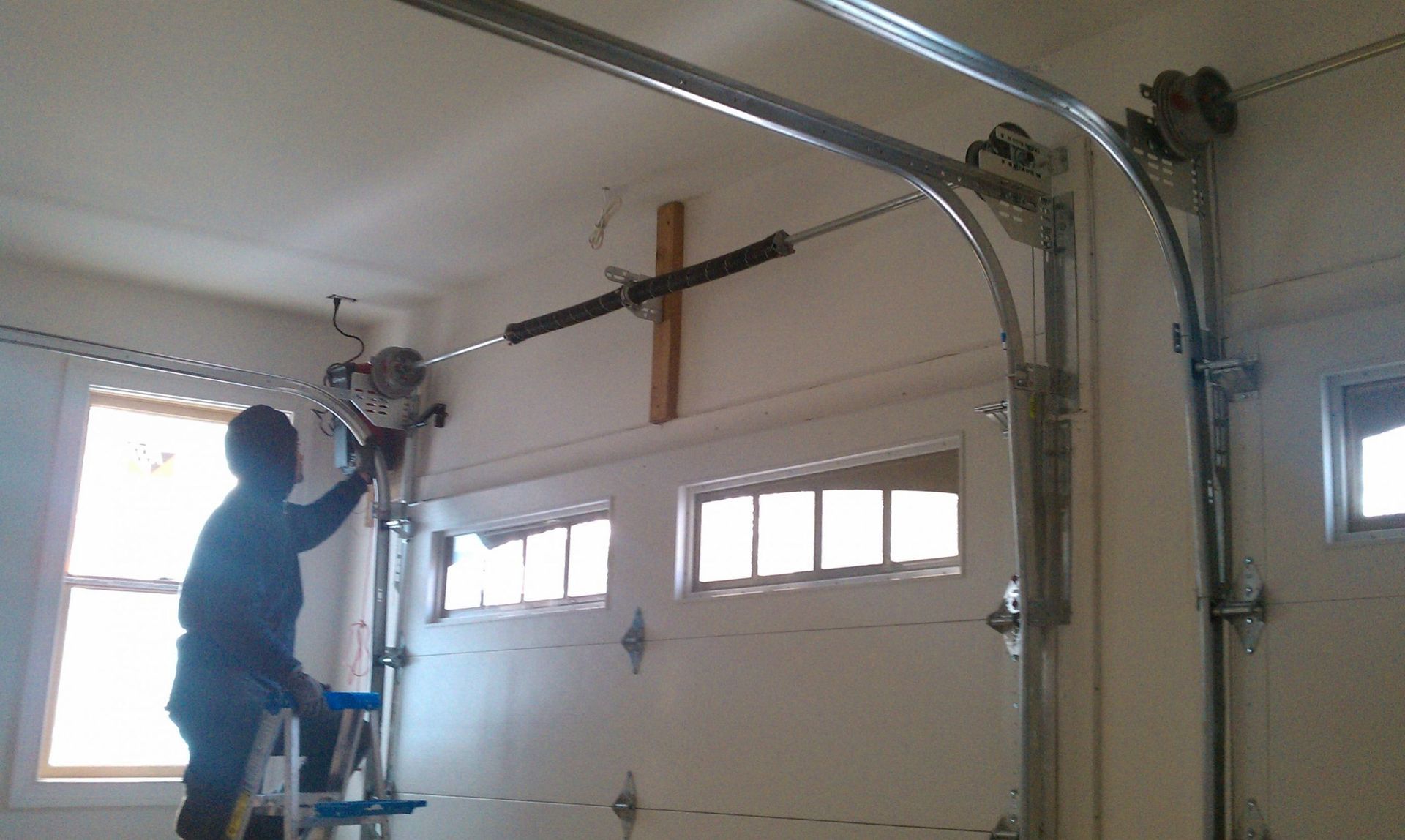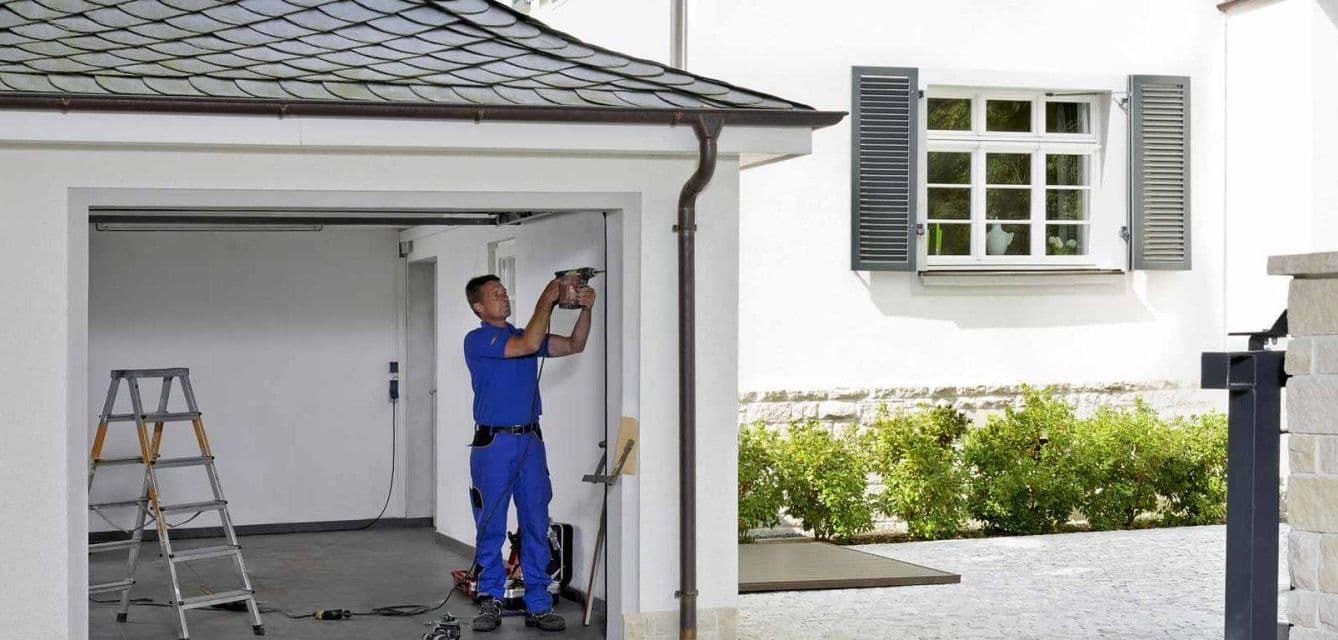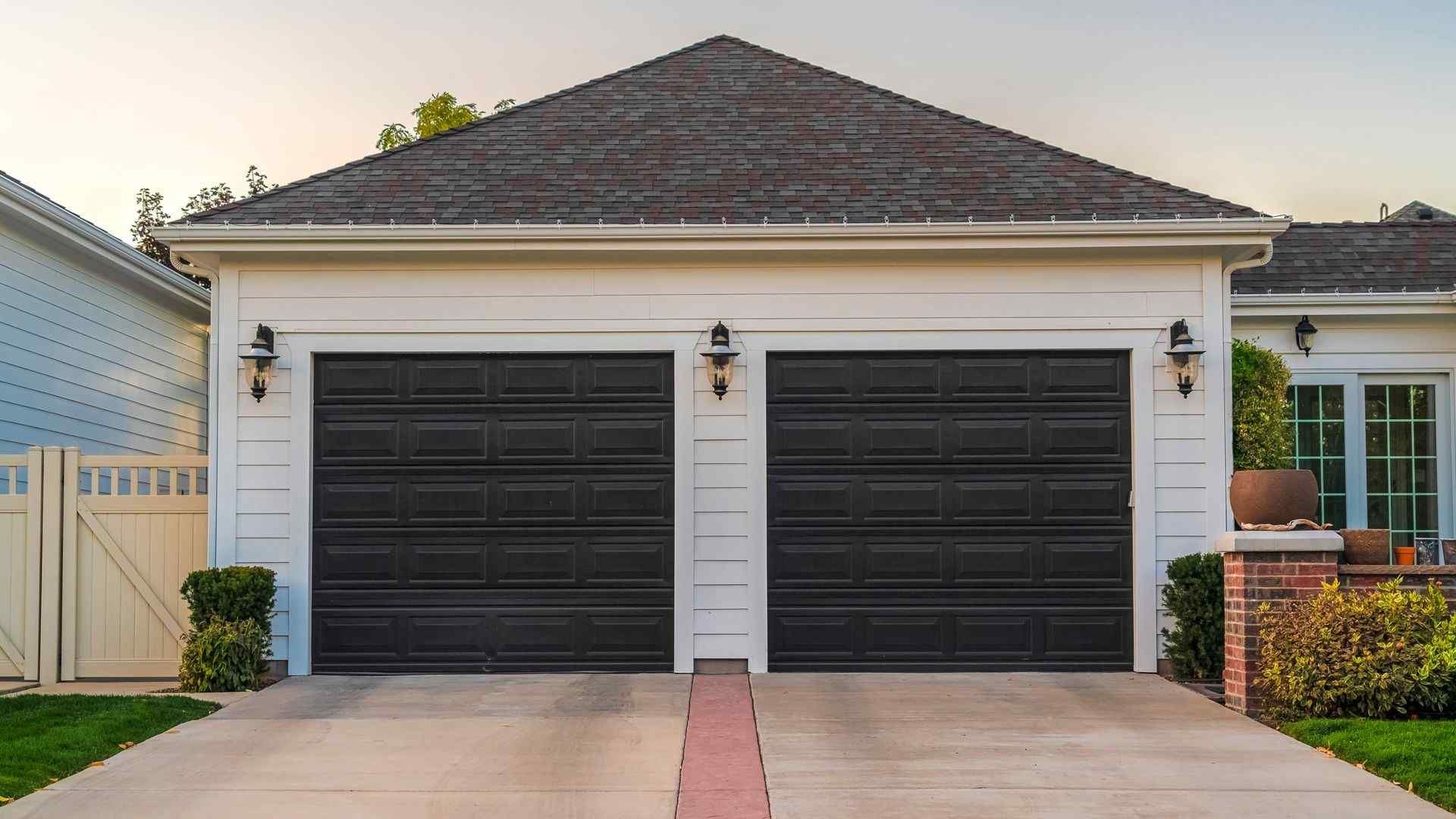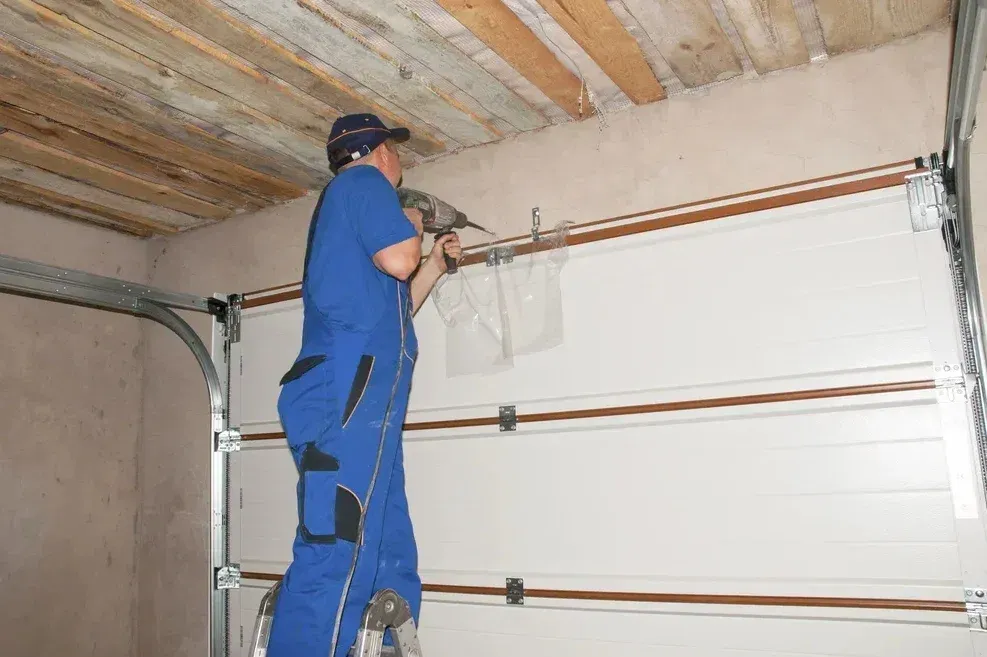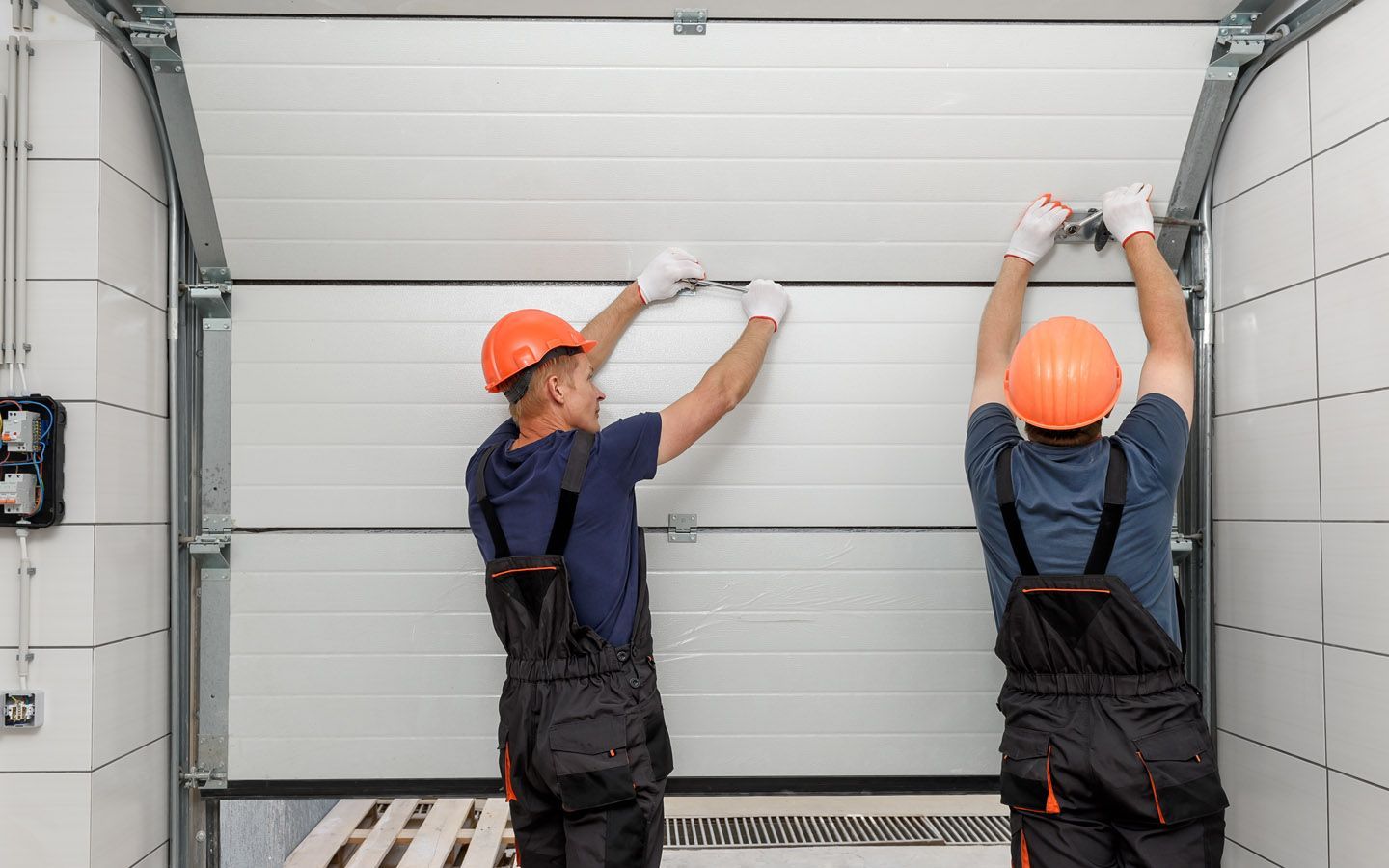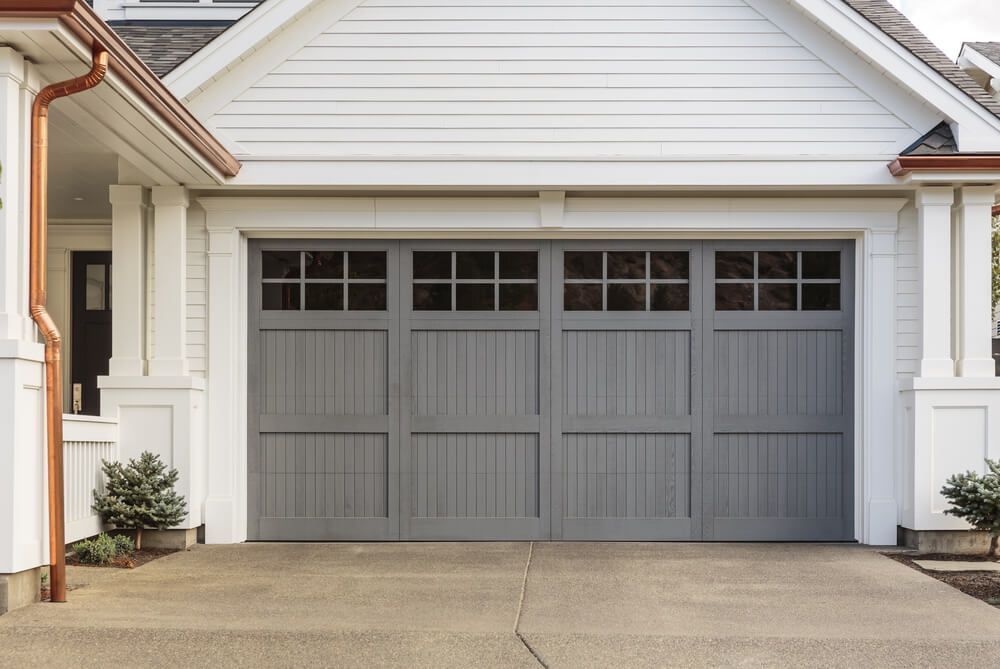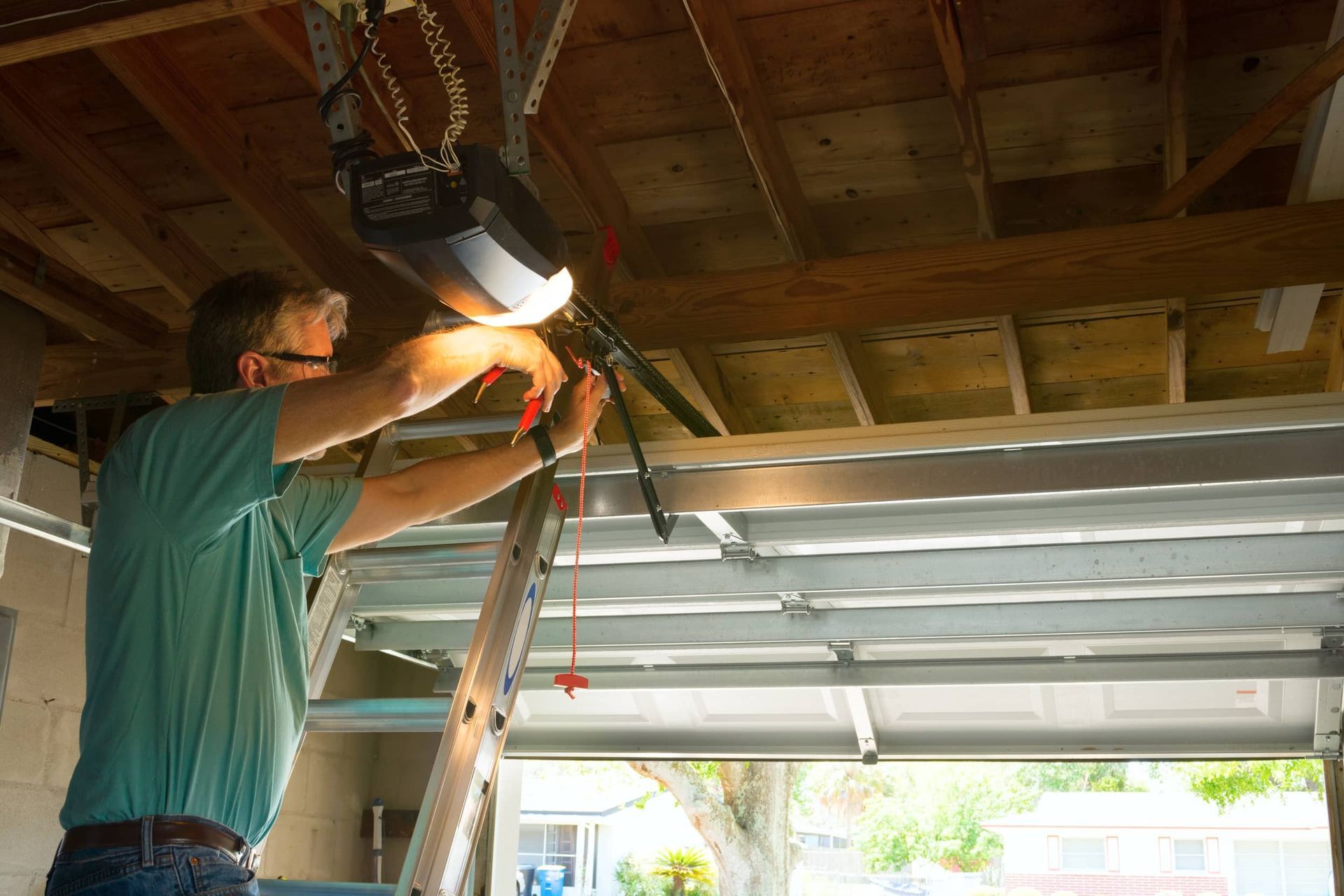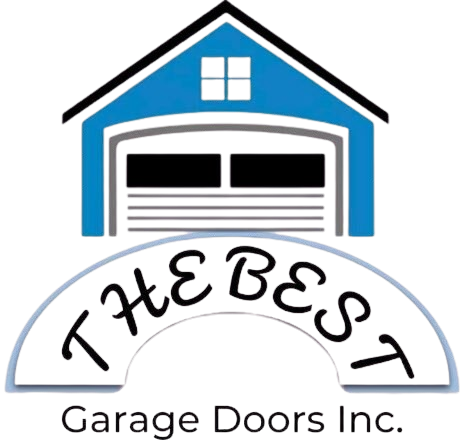The Ultimate Guide to Garage Doors: Everything You Need to Know
Introduction
Let’s face it — your garage door is more than just a big piece of metal that opens and closes. It’s one of the first things people see when they drive up to your home. It plays a big role in your curb appeal, security, and even your energy bill. Whether you’re replacing an old door or installing a new one, this guide has got you covered from top to bottom.
Types of Garage Doors
Choosing the right type of garage door is the first step. Here’s a breakdown:
Sectional Garage Doors
The most popular type. These doors are made up of panel sections connected with hinges, and they open by rolling up vertically. Great for space-saving!
Roll-Up Garage Doors
Perfect for commercial spaces and small garages. These are high-performance doors made of steel slats that roll up into a coil.
Slide to the Side Doors
A throwback style that’s gaining modern popularity. These doors bend to one side of the garage and slide along the wall.
Side-Hinged Garage Doors
Classic and charming, these doors swing open like barn doors. They’re ideal for garages with limited headroom.
Tilt-Up/Up-and-Over Canopy Doors
These pivot out and slide up into the garage ceiling. No section panels — just one solid piece.
Tilt-Up Retractable Doors
Similar to canopy doors, but they lift up fully into the garage space, requiring more room.
Materials Used in Garage Doors
The material you choose will affect the durability, cost, and look of your garage door.
Steel Garage Doors
Strong and affordable. Can be insulated for energy efficiency. Susceptible to rust if not maintained.
Aluminum Garage Doors
Lightweight and resistant to rust, but can dent easily. Great for modern-style homes.
Wood Garage Doors
Elegant and timeless. Offers a rich look but requires more maintenance and care.
Fiberglass Garage Doors
Resistant to salt air and moisture. Not as strong, but a good option for coastal areas.
Vinyl Garage Doors
Durable and kid-friendly. Low maintenance and hard to dent, but limited in design options.
Garage Door Sizes and Customization
Most garage doors come in standard sizes, such as 8×7 feet for single doors or 16×7 feet for double doors. But if your garage is unique, custom sizing is available — though it may come at a premium.
Want windows, special panels, or a cool design? No problem. Customization is a huge trend.
Insulation and Energy Efficiency
Live in an area with extreme temps? Insulated garage doors can save you serious money on energy bills. Look for high R-values — the higher the R-value, the better the insulation.
Garage Door Openers
Gone are the days of manual lifting. Here’s a breakdown of your automatic opener options:
Chain Drive
Durable and budget-friendly but noisy. Best for detached garages.
Belt Drive
Quieter than chain drives and perfect for garages under bedrooms.
Screw Drive
Fewer moving parts, meaning less maintenance. Ideal for moderate climates.
Direct Drive
Whisper-quiet and ultra-reliable. Slightly pricier but worth it for peace and quiet.
Smart Openers
These can connect to your phone or smart home system, allowing you to open or close your garage from anywhere. Handy, right?
Safety Features
Modern garage doors come loaded with safety tech.
- Auto-Reverse System : Stops and reverses if something is in the way.
- Manual Release : Lets you open the door if the power goes out.
- Motion Detectors : Lights up your garage when movement is detected.
Aesthetic and Curb Appeal
Your garage door should match your home’s personality. From rustic wooden finishes to sleek matte blacks, there are endless design possibilities. You can even add decorative hardware for a custom touch.
Maintenance and Repairs
DIY Tips
- Lubricate moving parts every six months
- Check the balance monthly
- Inspect weatherstripping for wear
Call a Pro If…
- The door is off-track
- There’s loud grinding or banging
- The opener isn’t responding
Cost Breakdown
Prices vary depending on size, material, insulation, and opener type.
- Basic steel door: $600–$1,500
- Insulated doors: $1,000–$2,500
- High-end custom wood: $3,000+
Installation can add $300–$1,000.
How to Choose the Right Garage Door
Here’s a simple guide:
- Determine your budget
- Decide on material
- Pick a style that suits your home
- Choose insulation level
- Add features (smart tech, windows, etc.)
- Hire a reputable installer
Avoid choosing based on price alone — it might cost you more later.
Common Garage Door Problems
- Door won’t open or close? Check the batteries in your remote.
- Noisy operation? Try lubricating the rollers.
- Uneven movement? Could be a spring or cable issue — call a pro.
Lifespan and Durability
A well-maintained garage door can last 15–30 years. Want to make it last?
- Regular maintenance
- Protect from the elements
- Avoid slamming or forcing it open/closed
Environmental Considerations
Looking to go green?
- Choose recyclable materials like steel or aluminum
- Opt for high R-value insulation
- Select a solar-powered opener
Top Brands and Manufacturers
Want reliability? Check out these trusted names:
- Clopay
- Amarr
- Wayne Dalton
- CHI Overhead Doors
- Raynor
Final Thoughts
A garage door is more than just an entryway — it’s a key part of your home’s security, energy use, and curb appeal. Whether you’re upgrading or building new, taking the time to understand your options can save you money and headaches down the road.
FAQs
1. How long does it take to install a garage door?
Typically 3–6 hours, depending on the complexity and type.
2. What’s the best material for coastal areas?
Aluminum or fiberglass — both resist salt and moisture.
3. Can I paint my garage door?
Yes! Just use the right paint for the door’s material.
4. Is it worth getting a smart garage opener?
If you value convenience and security — absolutely.
5. How often should I service my garage door?
At least once a year, or more if it’s used heavily.
